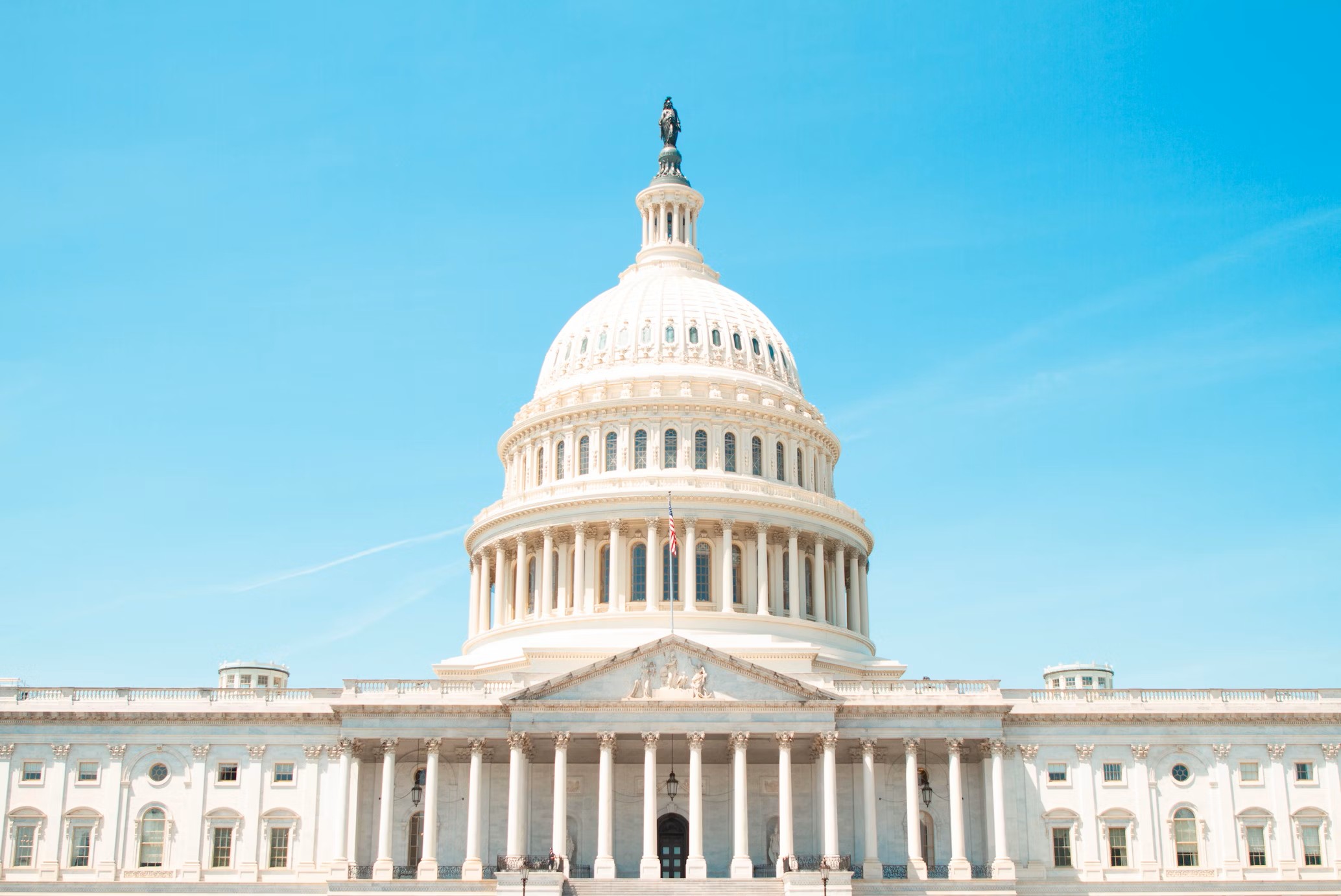Economy

OECD Raises Alarm Over Excess Steel Capacity
Written by Sandy Williams
October 6, 2020
The Organization for Economic Co-operation and Development’s Steel Committee expressed concern over unbalanced steel market conditions in a new report following its 88th Session last week. Steel capacity continues to increase despite a slump in demand caused by the global pandemic. The OECD says global steelmaking capacity is expected to increase to 2,455.8 million metric tons in 2020, resulting in excess production of 700 million tons.
Although most steel-producing economies experienced significant contraction in production due to the impacts of COVID-19, steel production in China hit record volumes in the first half of this year. Additional capacity coming online in the Middle East and Asia will compound the problem, says the organization. New capacity projects were begun with expectations of stronger market demand, including the export market, which may not occur, says OECD.
“Global growth prospects and the steel market outlook are bleak,” says Ulf Zumkley, chairman of the OECD Steel Committee. OECD is forecasting a 4.5 percent drop in world GDP in 2020 with a 5 percent increase in 2021.
Trade tensions have grown as steel trade has declined. OECD stressed the need to avoid protectionism, “including all unfair trade practices and recognizing the role of legitimate trade defense instruments.”
Cross border investment by state-owned enterprises, particularly by China, lean toward building new capacity rather than acquiring existing facilities, a trend which further distorts regional markets and capacity. Trade remedy measures appear to be linked to such cross-border investments. “Merger and acquisition policies aimed at reducing excess capacity should be designed in a way to explicitly incentivize the elimination of inefficient plants in order to avoid further accumulation of unproductive capacity,” suggests OECD.
It was noted that subsidization encourages the continuation of loss-making enterprises. OECD stressed the “importance of allowing market entry and exit mechanisms to function, and incentives to upgrade technology towards more flexible, more efficient and cleaner production processes.”

Sandy Williams
Read more from Sandy WilliamsLatest in Economy

Industry groups praise Senate for passing tax and budget bill
The Steel Manufacturers Association and the American Iron and Steel Institute applauded the tax provisions included in the Senate's tax and budget reconciliation bill.

Chicago PMI dips 0.1 points in June
The Chicago Purchasing Managers Index (PMI) slipped 0.1 points to 40.4 points, in June.

Multi-family pullback drives housing starts to 5-year low in May
US housing starts tumbled in May to a five-year low, according to figures recently released by the US Census Bureau.

Architecture firms still struggling, ABI data shows
Architecture firms reported a modest improvement in billings through May, yet business conditions remained soft, according to the latest Architecture Billings Index (ABI) release from the American Institute of Architects (AIA) and Deltek.

Manufacturing in New York state contracts again
However, companies are growing more optimistic about the future.
